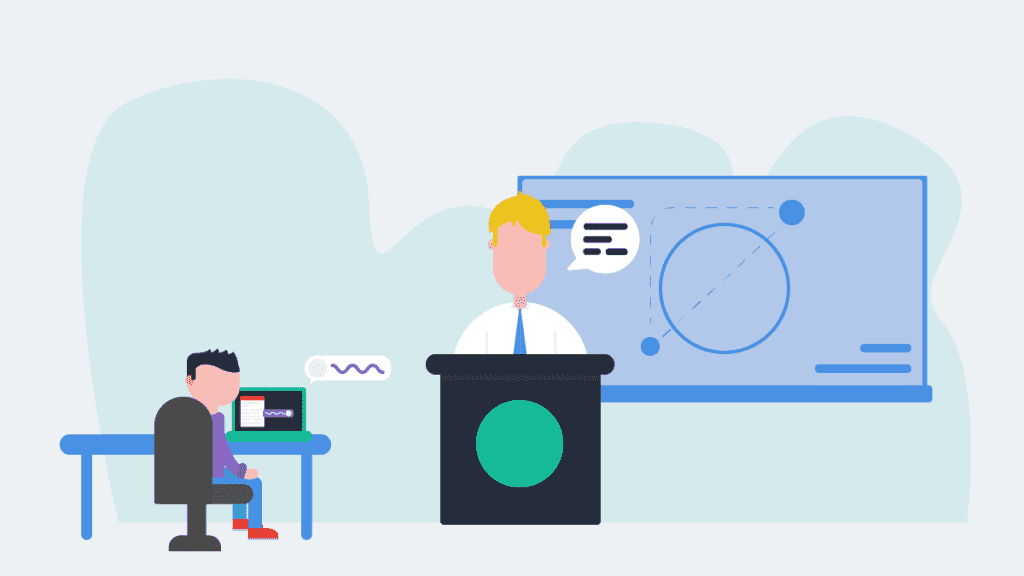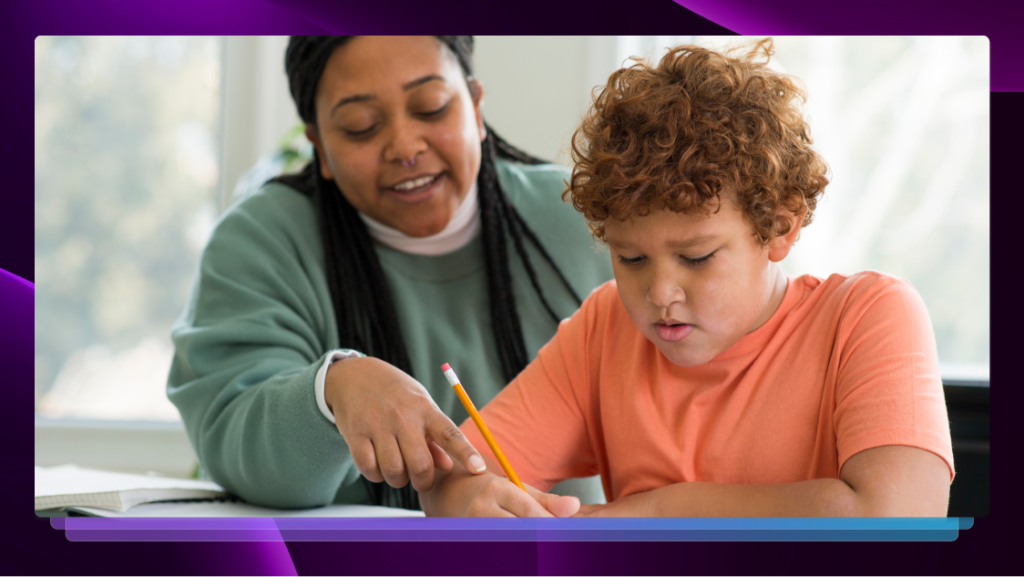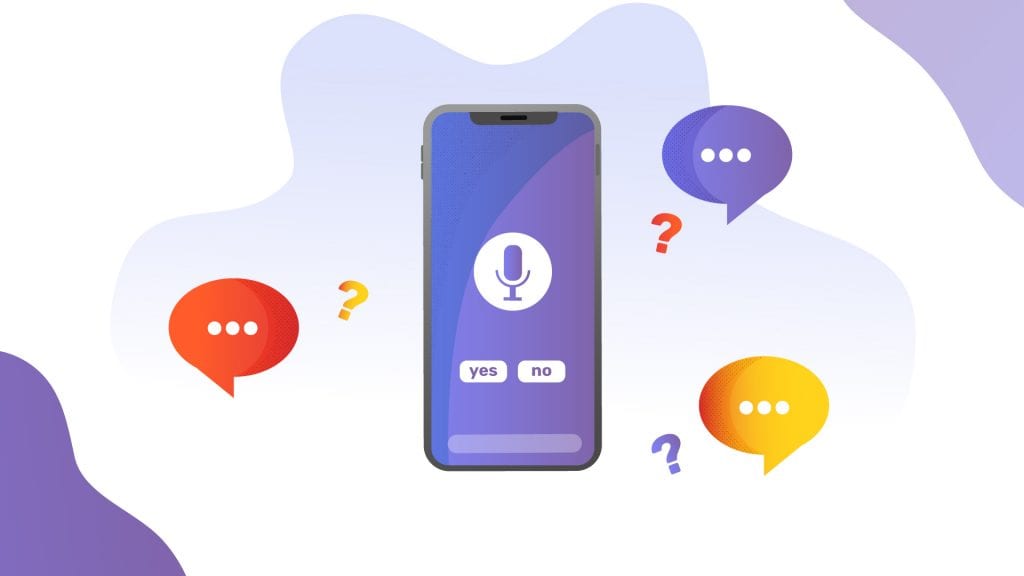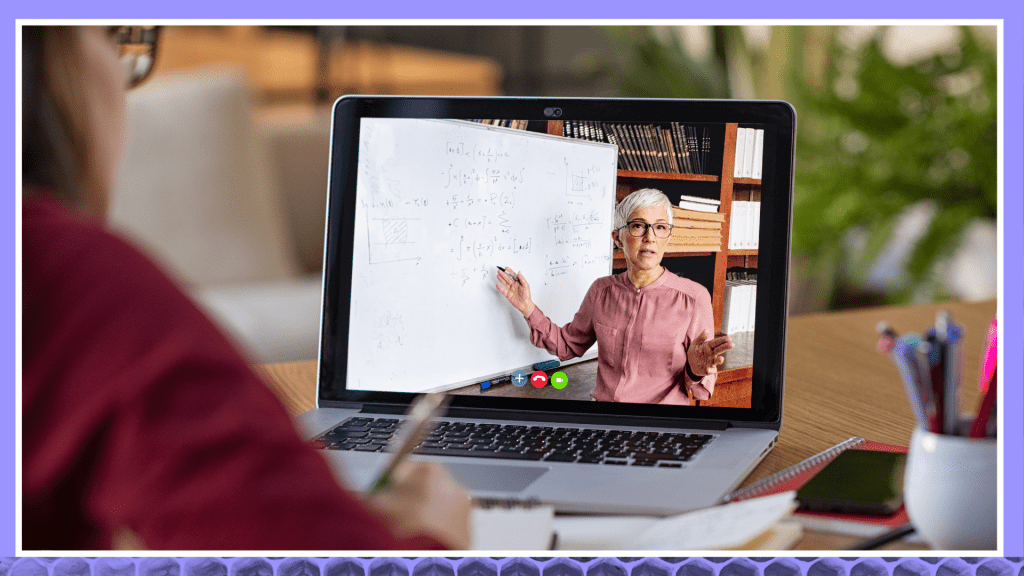How Transcriptions Can Help Professors With Lecture Courses & Improved Learning
As an educator, you want to share your knowledge and passion for the subject matter your teach. You want to make sure each student understands the

As an educator, you want to share your knowledge and passion for the subject matter your teach. You want to make sure each student understands the material and your expectations. And you want to keep developing your teaching skills.
Yet it may not always be simple to accomplish these goals.
From the smallest discussion group to the biggest lecture hall, a traditional classroom setting presents challenging for professors as well as the students.
You’re likely to encounter international students who learn best in a non-native language, individuals with learning styles that differ widely from your teaching style, and deaf or hard-of-hearing individuals who require additional support in the classroom.
The right use of technology can help you conquer classroom challenges, improve your teaching style, and ensure that each student is able to get the most out of your lectures. Transcription is one of the simplest ways to use technology to support different learning styles.
Transcribing your lectures is one of the simplest ways to use technology to support different learning styles.
Technology Provides Endless Classroom Possibilities
Modern technology has helped professors and other educators reach their students in many ways, both inside and outside the classroom.
Videos and podcasts can help supplement your lectures and break up class time. Shared calendars can help you and your students keep track of testing dates and project deadlines. You can give your students virtual tours of important locations with Google Cardboard.
Fortunately, you don’t have to invest thousands of dollars in shiny, new gadgets to get the help you need.
Transcriptions Can Be a Great Tool In Helping Your Students Succeed: Here’s How
Compared to some of these other technology developments, transcribing lectures may sound low-tech and even trivial. But it can have an enormous, positive impact on your students.
Whether you teach in a traditional classroom or provide video lectures for online learning, a transcription could be one of the most valuable ways you use technology to improve your teaching skills and help your students learn and succeed.
1. Transcriptions Can Be Used for Notes
Many students learn more effectively when they can interact more closely with the material. Transcriptions help them do just that. Students can use a transcription of your lecture to help them take notes and study for exams. They may highlight or underline important parts of the lecture, writing additional information where necessary.
Many students learn more effectively when they can interact more closely with the material. Transcriptions help them do just that.
The best learners and innovators know what they don’t know. This is something students should understand, too. When using your transcriptions for notes, they can better recognize those areas where they have questions or have difficulty following the lecture. This can help them fill in those knowledge gaps, whether they come talk to you during office hours, or conduct some additional research on their own.
2. Lecture Transcriptions Help Modern Attention Spans
It’s easy to get frustrated and even offended if your students show signs of drifting off during your class. Research suggests, however, that most full-grown adults can only focus for 20 minutes. This means that, if your lectures are 20 minutes or longer, even the most attentive students will find their attention wandering at some point.
If your lectures are 20 minutes or longer, even the most attentive students will find their attention wandering at some point.
By transcribing your lectures, students can go back over the parts they missed. No more worries that their grades will suffer because they zoned out for just a second! Transcribing your lectures is also a way to support those students who may have health concerns that interfere with their ability to pay attention in class.

3. Transcribing Lectures Increases Student Accessibility
An estimated 20,000 deaf and hard-of-hearing students receive some form of post-secondary education every year. Transcribing classroom lectures helps ensure that higher education remains accessible for these students and reduces the risk of misunderstandings or confusion.
The United States hosted nearly 1 million international students in 2017. Because English is a second language for many of these students, professors can help them get the most out of their U.S. education by providing class transcriptions. Foreign-language students may use the transcription to enhance their knowledge of English, make notes in their native language, or translate the text into their preferred language.
4. Class Transcripts Provide Learning Alternatives
No matter how brilliant a speaker you are, not every student learns the same way. Lecture transcriptions are especially helpful for students who tend to be visual rather than auditory learners. They may use the transcription to supplement the notes they took in class, or they may follow the transcription while watching your video or listening to a recorded lecture.
A written transcription gives the student a new way to study the material, providing more than one way to take in the information.
Even if a student learns best by hearing the information, multi-sensory learning can help him or her retain what was taught in class. A written transcription gives the student a new way to study the material, providing more than one way to take in the information.

5. Transcriptions Save You Time
How many times have you paused your lecture because you had to repeat yourself to someone who didn’t hear you the first time? What about stopping to write notes on a whiteboard?
Offering a transcription of your lecture can save you class time by reducing your need to stop and make notes.
Offering a transcription of your lecture can save you class time by reducing your need to stop and make notes. Even outside of the classroom, you don’t have to spend as much time typing up class outlines and other materials if you can just provide a transcription of the lecture. This can give you more time interacting with students or conducting research.
You can also use your own transcriptions to save time by helping you plan future lectures, and even other materials like speeches or articles. Can’t recall where you left off in your last class? Want to remember the joke that got a big laugh from your students? You can easily go back and check the transcription for reference.
6. Transcribed Lectures Help You Be a Better Teacher
Lesson transcriptions are not just for the student. They can help professors and teachers, as well. Once you have a written transcription of your lecture, look it over for places where you might improve. Seeing the words you speak, rather than just hearing them, can provide a fresh perspective on your teaching style.
For example, the transcription might show that you are repeating yourself unnecessarily. Perhaps several students ask similar questions, and you realize that you may need to rephrase how you teach a particular concept. Something that sounded clear in your mind may not be as easy to understand for the students, and you may be more aware of this once you see it written down. You might also become aware of speech habits you’d like to break, such as overusing a certain phrase or answering a question with less politeness than intended.
Students are more likely to have a favorable opinion of a professor or class that offers transcriptions.
Students are more likely to have a favorable opinion of a professor or class that offers transcriptions. When you provide more options for learning and make your lectures more accessible, it increases your reputation among students and school leaders.
7. Lecture Transcriptions Help the School Overall
If you’re willing to share your lecture transcriptions beyond your own students, this can also benefit the school in general. Transcriptions can help improve class performance, which may increase the value of a student’s education and boost the school’s overall appeal to future students. If professors deliver exceptional lectures, sharing their lectures and transcriptions online for free could also encourage class and school enrollment.
Recording your lectures
Obviously, the first thing you need to transcribe your lectures is a good audio recording of the lecture. There are several ways to capture audio, and some methods you can use to increase the recording quality.
Download Rev Voice Recorder App
The simplest way to record your lecture is with a stationary recorder. If you tend to sit or stand in one place during your lectures, you may only need to set your phone or a recorder on your desk for the duration of the class. If you tend to move around the room during your lectures, you could hold the recorder and speak into it for the length of the class.
For optimal audio capture, however, it may be best to use a headset, or a small lapel microphone. This ensures a better recording, and will capture your words no matter where you stand in the classroom or how you turn your head. Some colleges or universities provide recording equipment to professors for free or a small fee. Ask if your school provides this type of equipment before you purchase your own.
Tips for best audio capture:
- Use a high-quality recorder or microphone for optimal recording.
- Test your equipment before you use it in class.
- Reduce background noise as much as possible.
- Keep the microphone about 6-12 inches away from your mouth when speaking.
- Keep the mic at a 45-degree angle to your mouth, rather than speaking directly toward it, which may distort sounds.
- Drink water to keep your mouth and throat hydrated.
- Make sure any mics and cables are steady, since their movement can create additional noise.
Creating the Transcription
Once your lecture is recorded, you have several options for creating the transcription. You could hire a student or teaching assistant to transcribe the lecture for you, although quality may not be guaranteed.
Another option is to use audio transcription software. These apps come in a wide range of prices, and some are relatively cheap and even free. Remember, however, that these solutions are rarely error-free. You get what you pay for in most cases.
You can also outsource the task by hiring a professional transcriptionist or online video transcription service for the greatest value and convenience. Be sure to ask about their accuracy rate, how they will keep your recordings secure, and what turnaround time you can expect.
Transcribe Your College Lectures for Value and Success
The value of lecture transcriptions far outweighs the effort involved by helping professors become better teachers and students become better learners. These benefits extend to the school itself, making class transcription a win-win-win scenario.
Transcribe an audio recording of your lecture with 99% accuracy and a 12-hour turnaround time. Join more than 100,000 customers and start taking advantage of Rev’s fast but affordable transcription services today.















